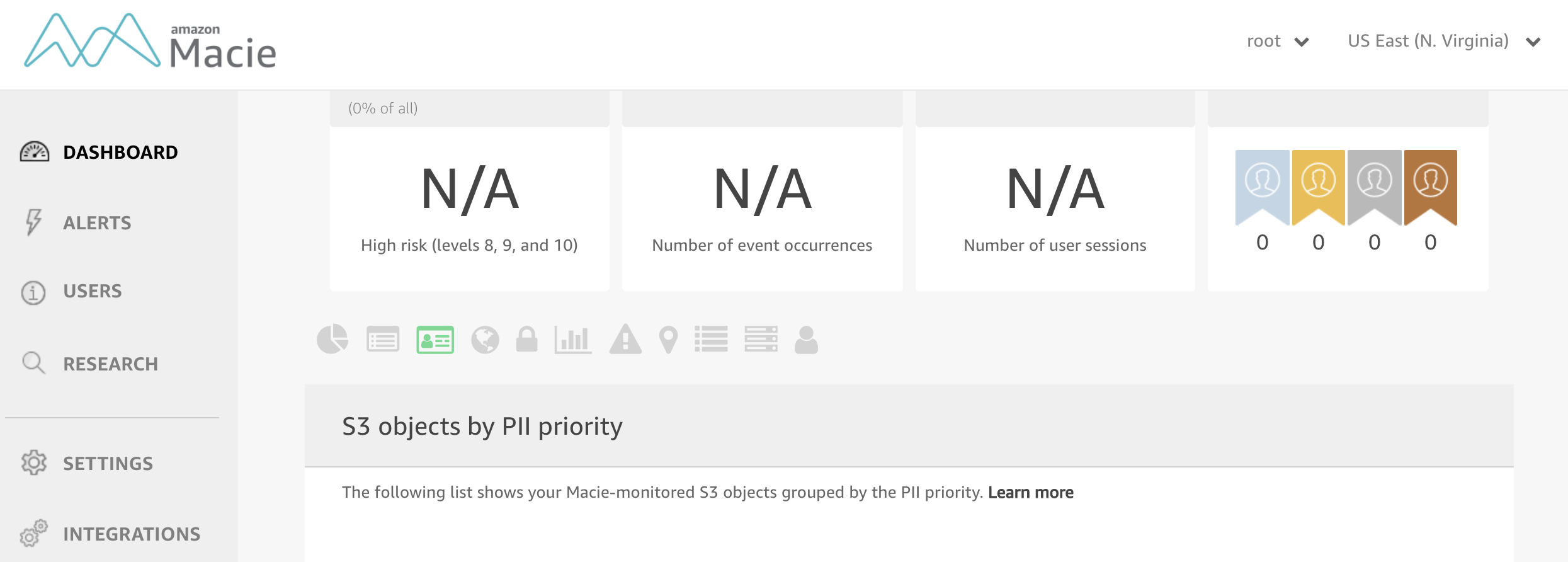Benefits of Amazon Aurora Global Database
Question
You are helping another team to create an AWS Aurora Database for a new application.
The users of the application mainly come from Europe and North America.
You propose to configure an Aurora Global Database.
The primary database is located in eu-west-1 region, and the secondary database is located in us-east-1 region.
Which benefits can this Amazon Aurora Global Database bring? (Select Three)
Answers
Explanations
Click on the arrows to vote for the correct answer
A. B. C. D. E.Correct Answer - A, B and E.
Refer to https://docs.aws.amazon.com/AmazonRDS/latest/AuroraUserGuide/aurora-global-database.html for the descriptions of Aurora Global Database.
To create a global database, select “Global” in the below screenshot:
Option A is CORRECT: Because the database in the secondary AWS Region has provided read-only services to users.
There is no write for the secondary region.
Option B is CORRECT: Because
Aurora Global Database is only available for the following versions:
Aurora with MySQL 5.6 or 5.7 compatibility.
Aurora with PostgreSQL 10.11 compatibility.
Refer link: https://docs.aws.amazon.com/AmazonRDS/latest/AuroraUserGuide/aurora-global-database.html.
Option C is incorrect: Because there is no write capacity for the secondary region.
Option D is incorrect: Because users still need to pay for the replicated write data between the primary region and each secondary region, although the charge is small.
Please refer to https://aws.amazon.com/rds/aurora/global-database/ for its pricing.
Option E is CORRECT: This is one major benefit of a global database.
When required, the database in the secondary AWS Region can be promoted to take full workloads within a minute.

Aurora Global Database is a feature of Amazon Aurora that allows you to create a global database that spans multiple AWS regions. It replicates data with low latency across multiple regions, which provides several benefits:
A. The cluster in the secondary region us-east-1 enables low-latency reads. By creating a global database, you can provide low-latency access to users in different regions. In this case, the primary database is located in the eu-west-1 region, and the secondary database is located in the us-east-1 region. Users in North America can read from the secondary database in the us-east-1 region, which reduces the latency of read operations.
C. The clusters in both primary and secondary regions have the same read & write configured capacities. With Aurora Global Database, all regions in the global database have the same read and write capacity. This ensures that the workload is balanced across all regions and that users in different regions have equal access to the database.
E. For disaster recovery, the secondary cluster can be easily promoted to allow full read and write operations. Aurora Global Database provides disaster recovery capabilities by allowing the secondary database to be promoted to a primary database in case of a disaster. This ensures that your application remains available even if a region or a database fails.
Therefore, the correct options are A, C, and E.
Option B is incorrect because it is a statement that applies to Aurora in general, not Aurora Global Database. Aurora Global Database is available for both Aurora MySQL and Aurora PostgreSQL.
Option D is incorrect because there is a charge for the replicated write I/Os between the primary region and each secondary region.
